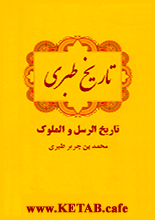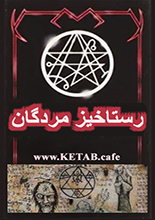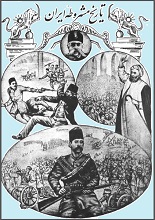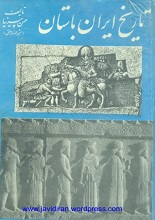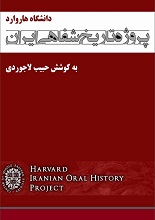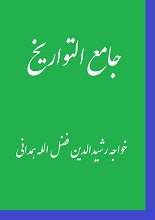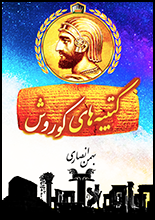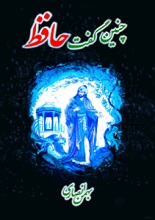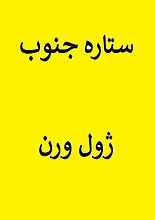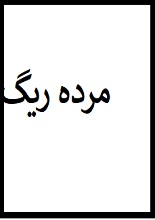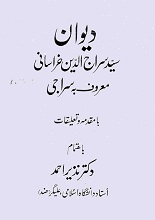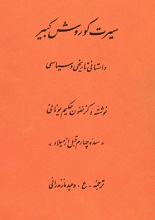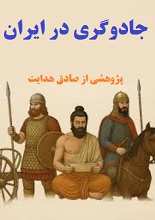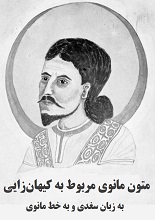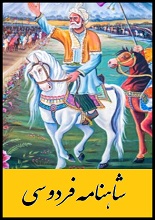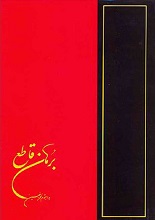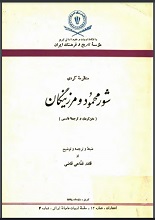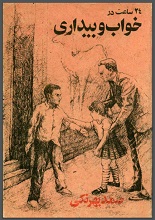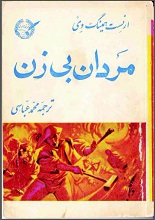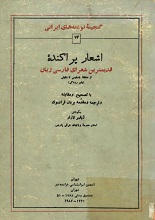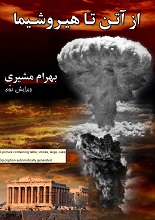The Achaemenid Empire (c. 550–330 B.C.) stands as one of the most remarkable empires in human history, not only for its vast territorial expanse but also for its sophisticated administrative systems, diverse population, and profound cultural interactions. Iranica in the Achaemenid Period (ca. 550–330 B.C.), authored by renowned Assyriologist and scholar Jan Tavernier, is a seminal work that illuminates the complex web of Iranian elements present in the broader context of the Achaemenid world. First published as part of the Orientalia Lovaniensia Analecta series by Peeters Publishers, this academic tome has established itself as a foundational reference in the study of ancient Iran and the Achaemenid era.
About the Author: J. Tavernier
Jan Tavernier is a Belgian scholar with deep expertise in the fields of Assyriology, Elamite studies, and Iranian history. His research delves into the intersection of language, culture, and administration in the ancient Near East. Tavernier’s meticulous approach to analyzing multilingual sources, especially cuneiform texts, has earned him wide acclaim in the academic world. His focus on the use of Iranian names, words, and cultural identifiers across various inscriptions and records during the Achaemenid period makes his work especially valuable for historians and linguists.
Overview of the Book
Iranica in the Achaemenid Period is not a conventional narrative history. Instead, it is a lexical and onomastic study—meaning it focuses on names, terminology, and words of Iranian origin found in a variety of texts from the Achaemenid era. The book spans over 900 pages and provides a comprehensive index and glossary of Iranian names and terms appearing in Akkadian, Elamite, Aramaic, and Old Persian inscriptions and administrative records.
Its depth and rigor make it a specialist work, aimed primarily at historians, philologists, archaeologists, and students of Achaemenid studies. However, anyone deeply interested in the cultural history of ancient Iran will find immense value in it.
IRANICA IN THE ACHAEMENID PERIOD: Main Themes and Features
1. Onomastics and Lexicography
At the heart of Tavernier’s work is a detailed analysis of Iranian personal names, place names, divine names, and administrative titles. He traces how these terms were transliterated and adapted into non-Iranian languages used across the empire. This onomastic focus helps scholars understand how Iranian identity permeated the administration and daily life of a multicultural empire.
2. Multilingual Documentation
The Achaemenid Empire was a polyglot state, and Tavernier’s book excels in showing how Iranian terms were embedded in various languages—especially Akkadian, Elamite, and Aramaic, which were extensively used in imperial administration. The book serves as a tool for interpreting multilingual texts and understanding the dynamics of translation and linguistic borrowing.
3. Linguistic Evolution and Etymology
Tavernier does not merely list names—he investigates their etymology, their transformations across time and region, and their implications for understanding the spread and development of the Old and Middle Iranian languages.
4. Achaemenid Administration and Culture
By tracking the Iranian terms used in economic tablets, legal contracts, royal inscriptions, and diplomatic records, Tavernier provides insights into the institutional structure of the Achaemenid state, including its taxation systems, labor organization, military logistics, and religious practices.
5. Cross-Cultural Interactions
The use of Iranian terms in Babylonian or Elamite contexts—often with adapted spellings or altered meanings—offers a window into how the Achaemenid elites interacted with local populations. It also helps to identify how cultural integration and influence occurred across the empire’s many regions.
Significance of the Work
Iranica in the Achaemenid Period has become an essential reference for:
- Philologists, who rely on it to decode Iranian linguistic influences in ancient texts.
- Historians of the Achaemenid Empire, who use it to better understand the internal structure of the state.
- Archaeologists, who encounter Iranian terms and names in inscriptions during excavations.
- Cultural historians, interested in the spread of Zoroastrian concepts or Persian court rituals.
This book also bridges the gap between language studies and historical interpretation, enabling a more nuanced appreciation of how language functioned as a tool of imperial cohesion.
Methodology
Tavernier’s methodology is rigorous and multidisciplinary. He draws on:
- Cuneiform and Old Persian inscriptions
- Administrative tablets from Persepolis and Susa
- Greek historical accounts (e.g., Herodotus)
- Comparative linguistic analysis
Each entry in the lexicon is provided with:
- The original form(s) of the word in various scripts
- A transliteration and translation
- Etymological notes
- Contextual references to where and how the term appears
Critical Reception
Scholars have praised the book for its:
- Scholarly precision and attention to linguistic details
- Comprehensiveness, covering hundreds of terms
- Contribution to our understanding of Achaemenid administration and society
Some have noted that due to its technical nature, the book may be challenging for general readers. However, its value as a reference and research tool is indisputable.
Accessibility and Format
Published by Peeters Publishers, Iranica in the Achaemenid Period is available in print and often accessible through major academic libraries. Due to its academic scope, it is priced for institutional purchase, but scholars and students may access it via university databases or interlibrary loan services.
دانلود چند کتاب گوناگون:
خانههای شهرری
هفته در ایران قدیم
برتولد برشت و انتقاد از ایدئولوژی
دیوان ابوالفرج رونی
آدرس جدید Libgen
IRANICA IN THE ACHAEMENID PERIOD: Conclusion
Iranica in the Achaemenid Period by J. Tavernier is a monumental contribution to the fields of Iranology and Achaemenid studies. Through its precise lexical and onomastic analysis, it reveals the centrality of Iranian culture and language within a vast, multilingual empire. For scholars seeking to understand the linguistic landscape of ancient Persia, this book is not just a resource—it is a cornerstone.
Whether your interest lies in ancient languages, imperial administration, or cultural interaction in the ancient world, Tavernier’s work offers an indispensable guide to navigating the Iranian dimension of the Achaemenid Empire.
Download PDF e-Book

برای دانلود این کتاب، ابتدا باید عضو سایت بشوید.
پس از عضویت، لینک دانلود این کتاب و همهی کتابهای سایت برای شما فعال میشوند.
(قبلا عضو شدهاید؟ وارد شوید)
